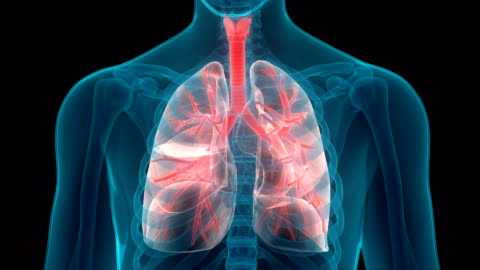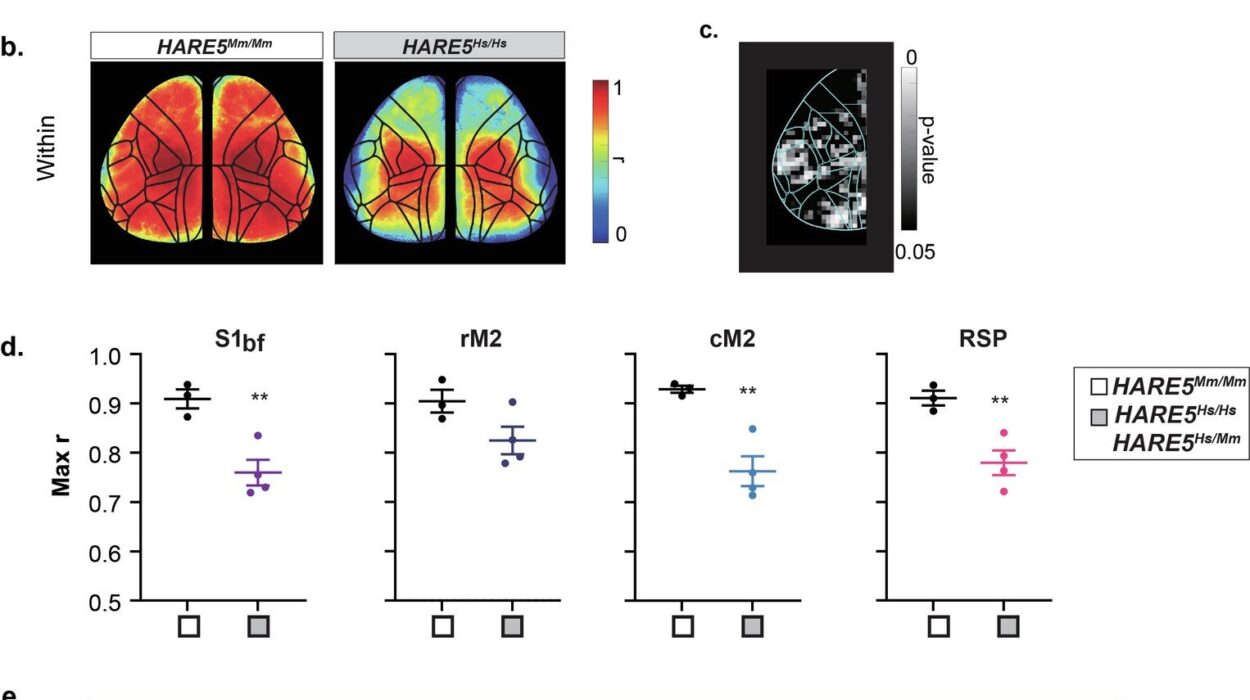For people living with bronchiectasis, every breath can feel like a battle. The condition, which damages and widens the airways, brings with it a persistent cough, thick sputum that is difficult to clear, chest discomfort, and shortness of breath. Most burdensome of all are the recurrent pulmonary exacerbations—flare-ups of symptoms that can lead to repeated hospital visits, prolonged antibiotic use, and a decline in quality of life and survival.
For decades, doctors and patients alike have searched for therapies that could ease this cycle. Among the treatments considered are mucoactive agents, drugs designed to loosen mucus or make it easier to clear from the lungs. But despite their widespread use in some countries, recommendations for these medications have remained inconsistent worldwide. Evidence has been limited, often based on small studies, anecdotal experience, or low-quality data. What was desperately needed was a large, carefully designed trial to clarify whether mucoactive therapies truly make a difference for people living with non–cystic fibrosis bronchiectasis.
Why This Trial Matters
Enter a new study led by Queen’s University Belfast, carried out across 20 hospitals in the United Kingdom. Published in The New England Journal of Medicine, this multicenter clinical trial sought to answer a pressing question: Do two commonly prescribed mucoactive treatments—hypertonic saline and carbocisteine—actually reduce exacerbations over the course of a year?
Hypertonic saline, delivered by a nebulizer, has been used by many patients to draw water into the airways, helping to thin mucus. Carbocisteine, an oral medication, is thought to reduce the stickiness of mucus and make it easier to clear. Both have been considered helpful in practice, but until now, their benefits had not been rigorously tested in a large-scale bronchiectasis population.
This study was designed to do just that, offering clarity where uncertainty had lingered for years.
Inside the Study
The trial enrolled 288 adults with non–cystic fibrosis bronchiectasis, carefully selected from 20 UK hospitals. Participants were randomly assigned to one of four treatment paths: hypertonic saline, carbocisteine, both agents together, or standard care alone.
The hypertonic saline group inhaled a 6% solution via an eFlow rapid nebulizer, while those on carbocisteine began with 750 mg three times a day before stepping down to twice daily. Current smokers and those already using mucoactive agents were excluded to ensure a clear assessment.
Researchers then followed participants for 52 weeks, tracking the number of exacerbations using strict, independently adjudicated criteria. Secondary measures included quality of life, lung function, time to next exacerbation, and number of days on antibiotics.
What the Results Revealed
The outcome was not what many might have hoped. After a year, neither hypertonic saline nor carbocisteine showed a significant effect in reducing pulmonary exacerbations compared with standard care.
Patients using hypertonic saline had an adjusted difference of −0.25 exacerbations compared with those who did not use it. The confidence interval stretched from −0.57 to 0.07, and the P-value of 0.12 indicated no statistically meaningful result.
For carbocisteine, the picture was even clearer: an adjusted difference of −0.04 exacerbations compared with no carbocisteine, with a confidence interval from −0.36 to 0.28 and a P-value of 0.81.
Secondary outcomes mirrored these findings. Measures of quality of life, lung function, antibiotic use, and time to next exacerbation were broadly similar across all groups. In other words, the hoped-for benefits of these widely used mucoactive agents did not materialize in this rigorous trial.
Beyond the Numbers: What It Means for Patients
The emotional weight of these findings cannot be understated. For many patients, mucoactive therapies have represented a lifeline—something tangible to do in the daily struggle against bronchiectasis. The realization that these treatments may not significantly reduce exacerbations can be discouraging. Yet there is another way to see this result: as a step toward clarity and empowerment.
By providing robust evidence, the study helps patients and clinicians make better-informed choices. Treatments take time, cost money, and sometimes carry side effects. Knowing which therapies truly make a difference allows individuals to focus on what matters most—therapies with proven impact on health and quality of life.
The Global Picture of Mucoactive Therapy
Guidelines for bronchiectasis treatment have long been inconsistent. Some countries recommend routine use of mucoactive agents, while others advise against it. Much of this variation arose from the patchwork of evidence available before now.
This trial helps to bring coherence to the picture. While it does not entirely close the door on mucoactive therapy—individual patients may still feel symptom relief, particularly in sputum clearance—it strongly suggests that these agents are not the answer for reducing exacerbations on a population level.
This clarity can guide not only clinicians but also healthcare systems, shaping policy and ensuring that resources are directed toward the most effective treatments.
The Continuing Search for Better Treatments
The story does not end here. Bronchiectasis remains a condition with an urgent need for new, effective therapies. The failure of hypertonic saline and carbocisteine to meet expectations in this trial underscores just how complex the disease is.
Researchers are now turning their attention to other approaches, including inhaled antibiotics, anti-inflammatory agents, and novel airway clearance techniques. Advances in understanding the microbiome of the lungs and the role of immune response in exacerbations may open entirely new avenues of therapy.
At the same time, supportive care—such as physiotherapy for airway clearance, management of underlying conditions, and careful use of antibiotics—remains central to improving outcomes.
A Message of Hope and Honesty
It is easy to see this study as disappointing, but in truth, it is a victory for science and for patients. For too long, people with bronchiectasis and their doctors have had to navigate treatment options in a fog of uncertainty. This research provides clarity. Even when the answer is “not effective,” that answer matters. It prevents wasted effort, reduces unnecessary costs, and helps direct focus toward what truly works—or what needs to be discovered.
For patients, the message is that progress is happening. The very fact that a large, multicenter trial could be conducted is a testament to the growing recognition of bronchiectasis as a serious condition deserving of attention. Each study builds a foundation for the next, and each brings us closer to treatments that will meaningfully change lives.
The Road Ahead
Bronchiectasis is not a rare curiosity—it is a condition that affects real people, with real struggles, every day. Research like this trial reminds us that the journey toward better treatments is ongoing, with setbacks and breakthroughs alike.
Science moves forward not only through the discovery of what works, but also through the careful ruling out of what does not. In that sense, the Queen’s University Belfast-led trial is not an end but a beginning. It points the way toward the next questions, the next innovations, the next hope for those living with bronchiectasis.
And as with all of physics, medicine, and science itself, the act of asking, testing, and learning brings us closer to the truth—and to a future where every breath is a little easier.
More information: Judy M. Bradley et al, Hypertonic Saline or Carbocisteine in Bronchiectasis, New England Journal of Medicine (2025). DOI: 10.1056/nejmoa2510095
John Hansen-Flaschen et al, Time to Reconsider Mucoactive Agents for Airway Clearance, New England Journal of Medicine (2025). DOI: 10.1056/nejme2512146






